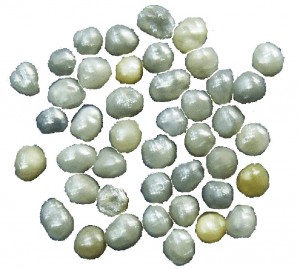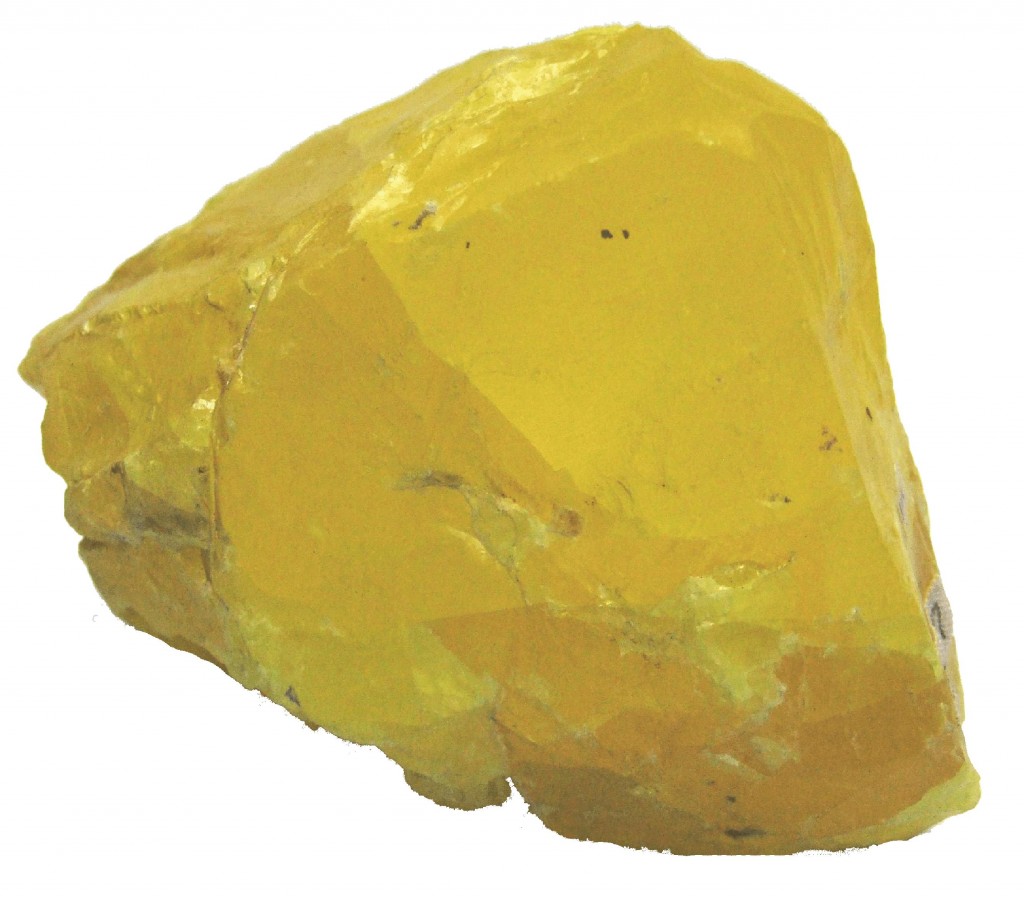Our entire society rests upon - and is dependent upon - our water, our land, our forests, and our minerals. How we use these resources influences our health, security, economy, and well-being.
John F. Kennedy 1961.
Mineral resources are all mineral substances in established or estimated quantities that may be used in the economy.
Minerals are considered as mineral resources when it is technically possible and economically profitable to be exploited. After mining mineral resources become mineral raw materials and then after processing they turn into materials. Thus obtained materials (iron, aluminum, titanium, gold, niobium, uranium, kaolin, quartz, etc.) are the source of energy and material potential of modern civilization. In the past, powerful countries flourished on the availability of mineral resources and disappeared after their exhaustion.
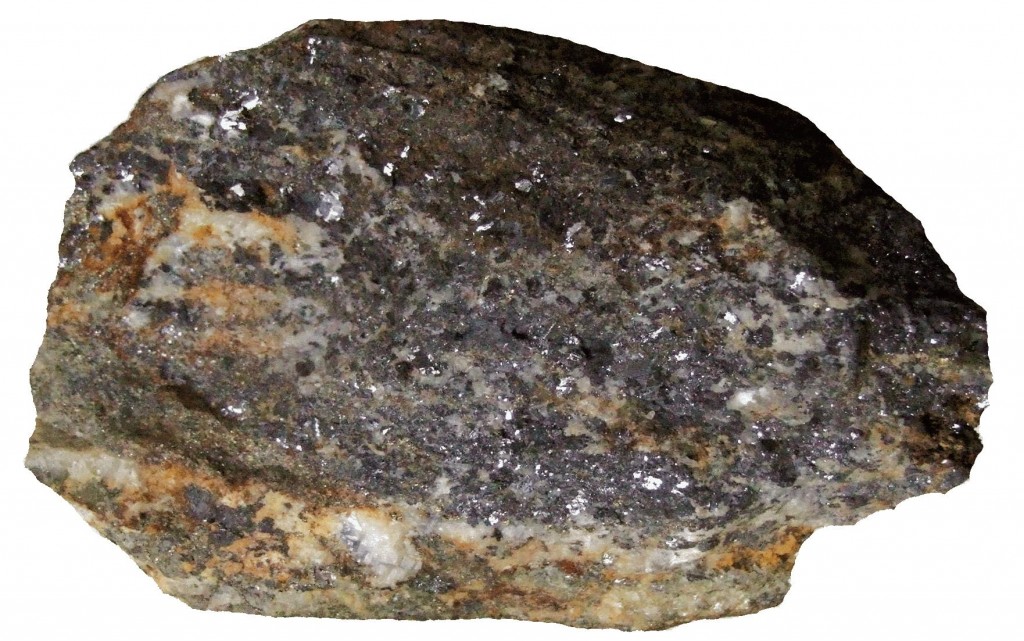 Silver-bearing galena – Lavrion Greece. Silver deposits in Lavrion are the material basis for the power of classical Greek civilization which flourished in Athens, in the first half of V c. BC.
Silver-bearing galena – Lavrion Greece. Silver deposits in Lavrion are the material basis for the power of classical Greek civilization which flourished in Athens, in the first half of V c. BC.
The enormous role of minerals and mineral raw materials respectively is evident from the conventional classification of the early periods of human history.
The name of each age corresponds to the main material used for making weapons and tools. Beside that each and every age is characterized by more sophisticated materials, namely: (1) Stone age, (Paleolithic and Neolithic), (2) Copper age, (3) Bronze age, (4) Iron age. The exceptional properties of titanium and its alloys and the widespread titanium minerals in nature can be a good reason for the 21-st century to be named Titanium age.
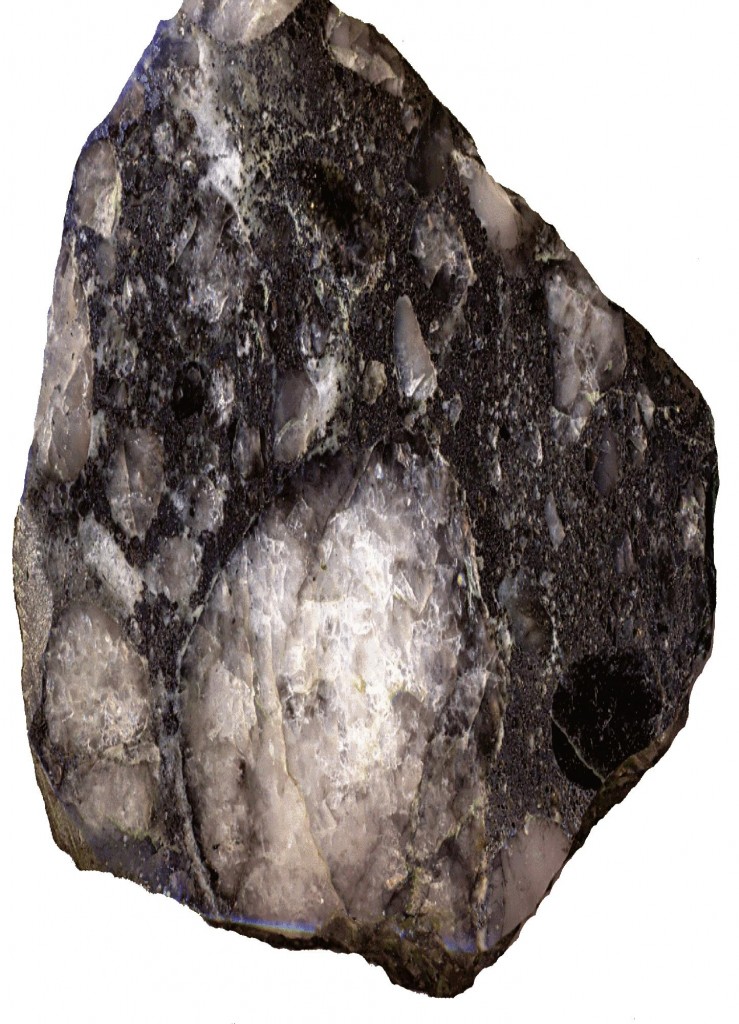 Gold bearing conglomerate, Witwatersrand, South Africa. 25 000 tons of gold or 60% of the world reserves are there.
Gold bearing conglomerate, Witwatersrand, South Africa. 25 000 tons of gold or 60% of the world reserves are there.
The goal of "Mineral Resources of Earth" department is to create collections with scientific, cognitive, educational value. They reflect the level of contemporary knowledge for effective and sustainable usage of mineral raw materials and provide knowledge continuity.
The exposition shows samples from past, present and future deposits from all over the world. It highlights the importance of mineral resources which constitute about 70 % of all the nature resources and illustrates how alternative uses can increase the raw materials value by a hundredfold.
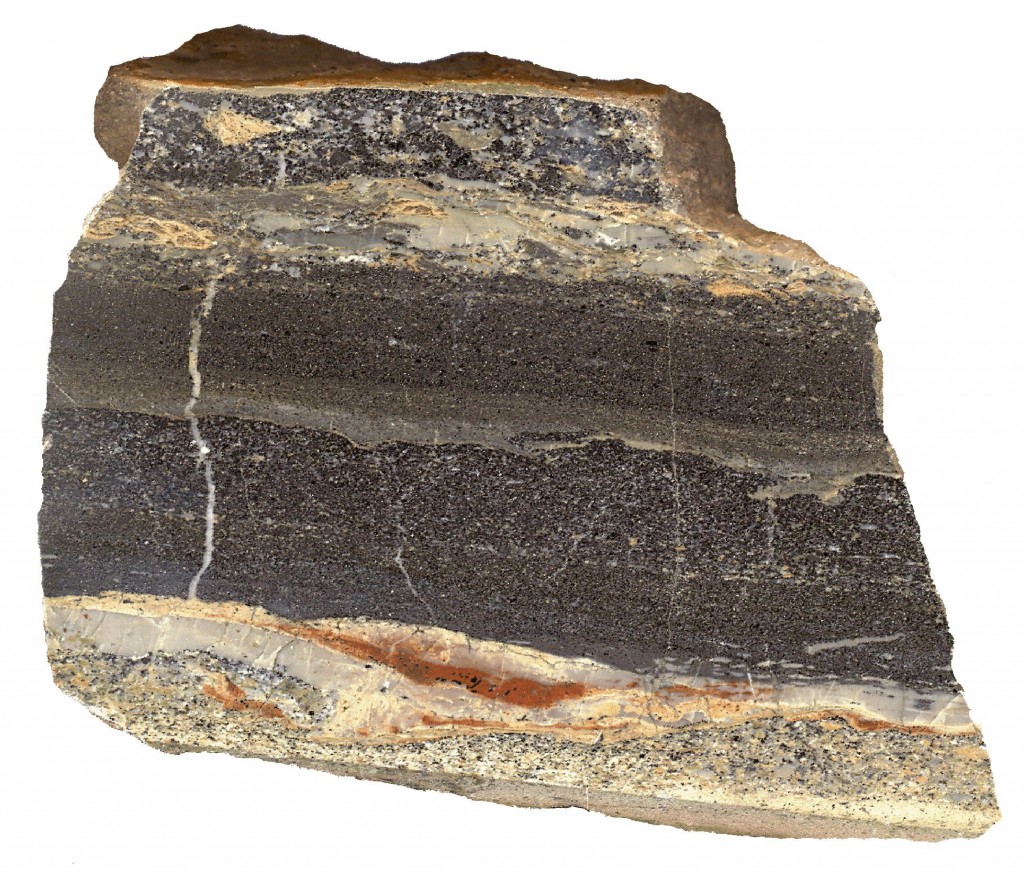 Copper–nickel sulphide ore from Norilsk, Russia. This is one of the largest concentrations of metals in the Earth crust, such as palladium, platinum, nickel, copper. The value of Norilsk deposits was estimated at 243 billion dollars in year 2002.
Copper–nickel sulphide ore from Norilsk, Russia. This is one of the largest concentrations of metals in the Earth crust, such as palladium, platinum, nickel, copper. The value of Norilsk deposits was estimated at 243 billion dollars in year 2002.
Figure 1 – Number of the chemical elements used in the economy
Mineral resources are exhaustible and unlike other natural resources they are non-renewable. This is an accent of the exhibition. The avalanche increase of their production leads now to a worldwide shortage of mercury, silver, tantalum, platinum.
Mineral resources are classified into two broad groups:
- Mineral raw materials for extraction of chemical elements. They are classified according to the main element (or its compounds) to be extracted (e.g. iron, indium, aluminum, phosphorus, gold).
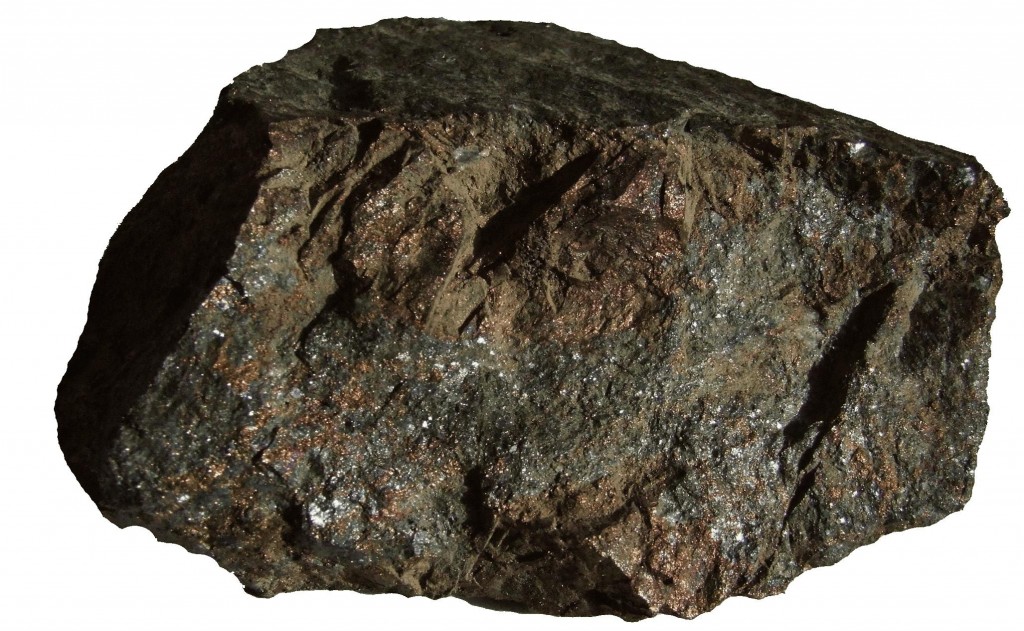 Copper-germanium sulphosalts (renierite, germanite). Shaba region (Katanga), Zaire. 80% of the world reserves of cobalt are in Katanga region.
Copper-germanium sulphosalts (renierite, germanite). Shaba region (Katanga), Zaire. 80% of the world reserves of cobalt are in Katanga region.
The extraction of these materials passes through their crystal lattice destruction. It is only at the end of the 20th century that man began using all the 92 chemical elements, stable in natural conditions, as shown in Figure 1. Raw materials for chemical elements are presented in the following 9 showcases: E121 - aluminum; E122 - iron; E123 - manganese; E124 - copper, lead, zinc; E125 - molybdenum, tungsten, titanium, niobium, tantalum, zirconium, hafnium; E126 - magnesium, lithium, beryllium, cesium; E 127 - gold, silver; E128 - sulfur, phosphorus; E129 – boron.
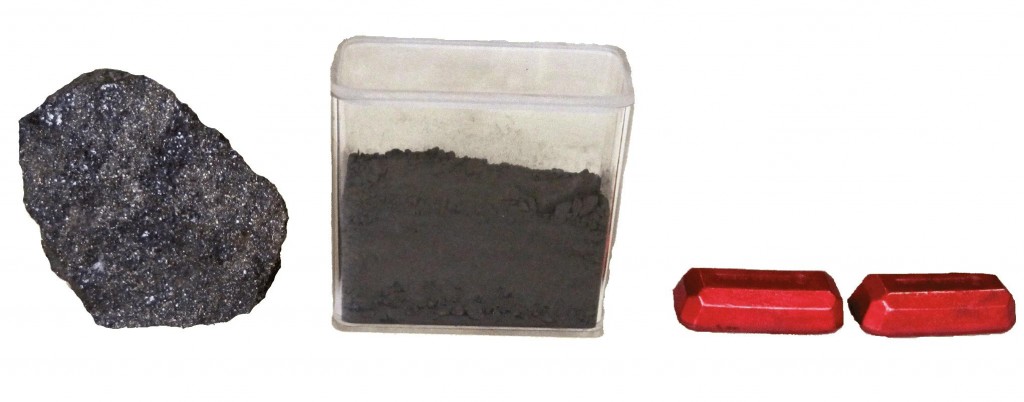 Sequence of raw materials processing: (1) Copper-lead ore; (2) Copper concentrate; (3) Copper blocks.
Sequence of raw materials processing: (1) Copper-lead ore; (2) Copper concentrate; (3) Copper blocks.
- An industrial mineral (natural material) is a mineral or mineral aggregate (rock) which can be used in the industry in its natural state or after some mechanical processing without destructing its crystal lattice.
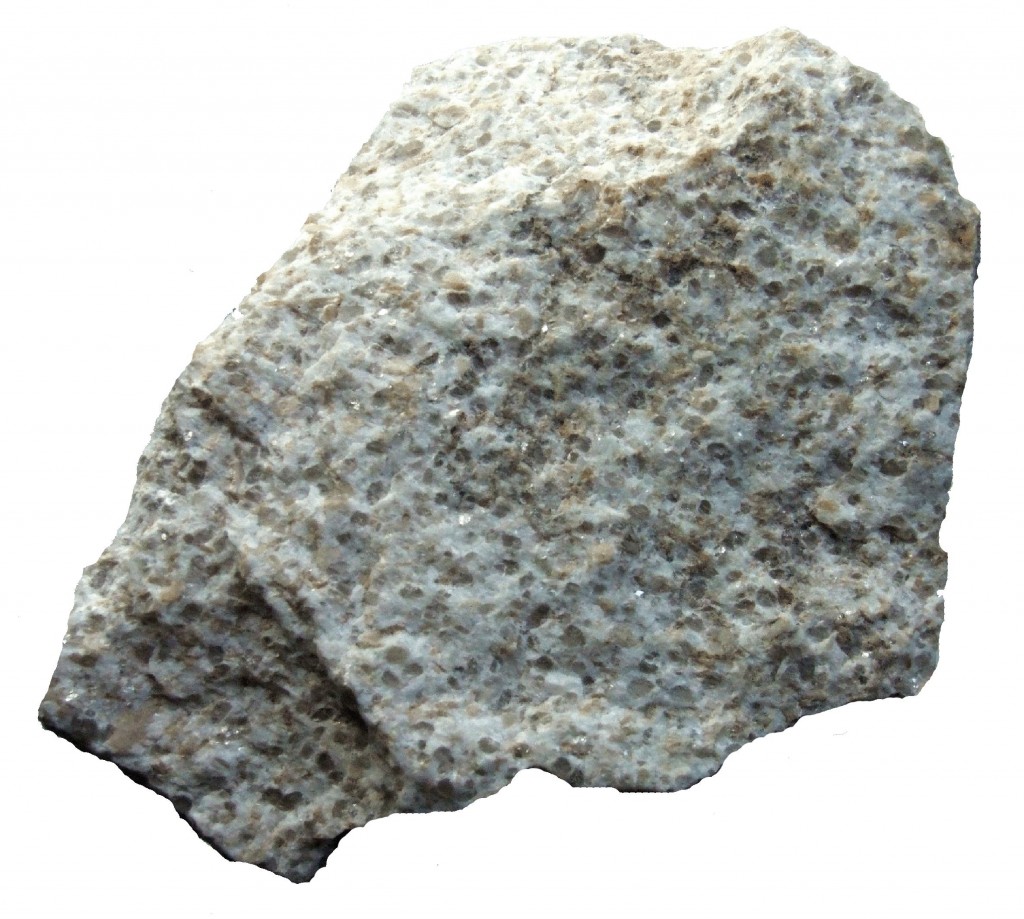 Spodumen granite - Alahinskoe deposit, Altai, Russia. Raw material for extraction of lithium, niobium, tantalum, feldspar and mica. This is an example of the complete utilization of the entire volume of ore without any waste.
Spodumen granite - Alahinskoe deposit, Altai, Russia. Raw material for extraction of lithium, niobium, tantalum, feldspar and mica. This is an example of the complete utilization of the entire volume of ore without any waste.
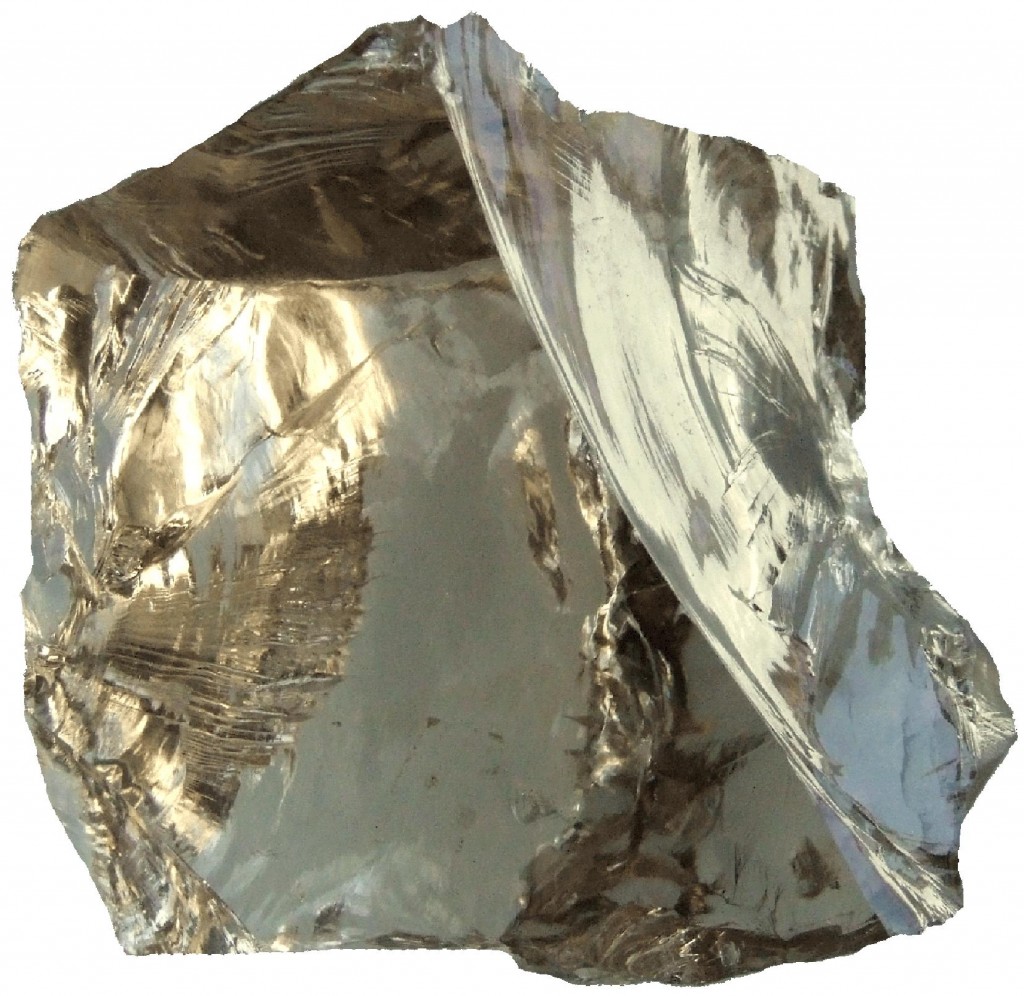 Piezo optical quartz, Volyn, Ukraine. Piezo-optical properties of quartz are in the basis of reception and transmission of radio waves and electronic timer manufacturing.
Piezo optical quartz, Volyn, Ukraine. Piezo-optical properties of quartz are in the basis of reception and transmission of radio waves and electronic timer manufacturing.
The group of natural materials is shown in the following 9 showcases: E130 - ceramics and refractories; E131 - kaolin and bentonite; E132 – natural mineral whiskers; E133 - micas; E134 - zeolites; E135 - barite, celestine; E136 - fluorite, Icelandic spar; E137 - quartz; E138 - diamond, graphite.
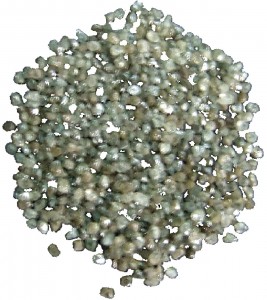 Industrial diamonds, Premier mine, RSA
Industrial diamonds, Premier mine, RSA
Deposits have been mined since the Roman Empire. Nowadays the reserves of Sicily deposits rank them second in the world.

